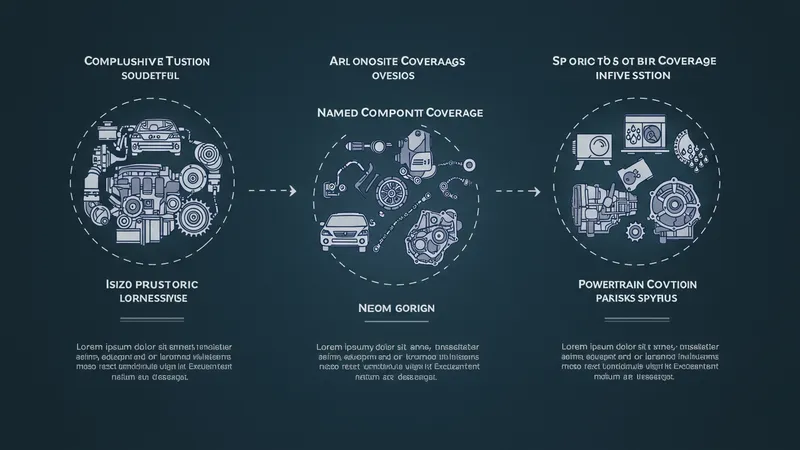
Vehicle Warranty Options : Key Information
Coverage Types in UK Vehicle Warranty Options
Understanding the range of coverage types within vehicle warranty options is crucial for car owners in the United Kingdom. The most common forms are comprehensive, named component, and basic powertrain cover. Comprehensive plans—such as those offered by Warranty Direct and MotorEasy—cover a broad set of failures, giving drivers protection from complex mechanical and electrical breakdowns across almost all vehicle systems. Conversely, named component policies, which might be found under Carwise Warranty or Halfords Autocentres Warranty, explicitly list the parts and systems covered, leaving everything else as exclusions. Powertrain warranties, often the most budget-friendly, restrict protection mostly to major components like the engine and transmission, and are found in select dealer-backed plans.

Drivers comparing these options should also consider exclusions and add-ons. Some UK policies allow customisation, offering air conditioning, infotainment systems, or MOT test cover as payable extras. RAC Car Warranty is notable for letting drivers tailor their plan, adding or removing features to suit their budget and anticipated repair needs. Such flexibility can help owners avoid unnecessary expense while still receiving meaningful protection.
Wear and tear cover is a significant differentiator. While not universal, it is increasingly sought after—especially as the average age of vehicles on UK roads climbs. MotorEasy and Car Care Plan offer protection specifically for components prone to age-related failure, a feature that may be vital for those driving older vehicles daily. Meanwhile, entry-level plans tend to exclude such failures, focusing only on sudden, unexpected faults rather than gradual deterioration.
Another aspect to consider is the scope of roadside assistance and breakdown support. Some warranties folded into larger service packages, like those from the AA and RAC, include access to their national recovery fleets and 24/7 emergency call-outs, while others strictly reimburse repair costs. This can be a decisive factor for motorists who frequently travel long distances or rely on their car for daily commutes.